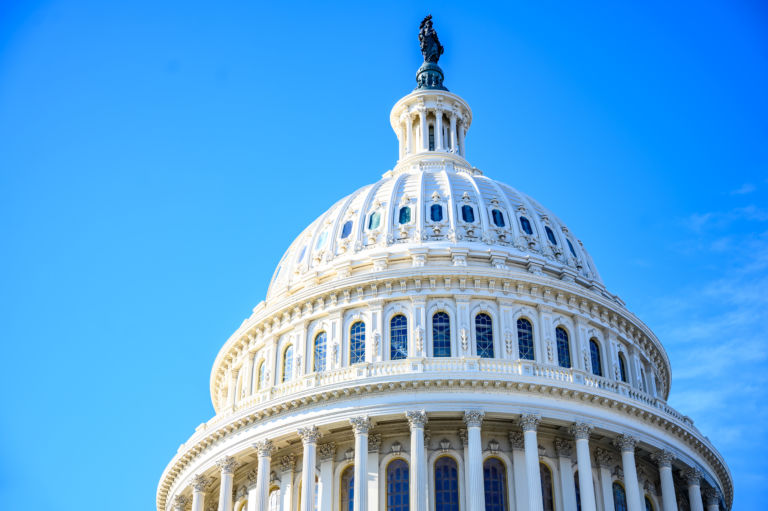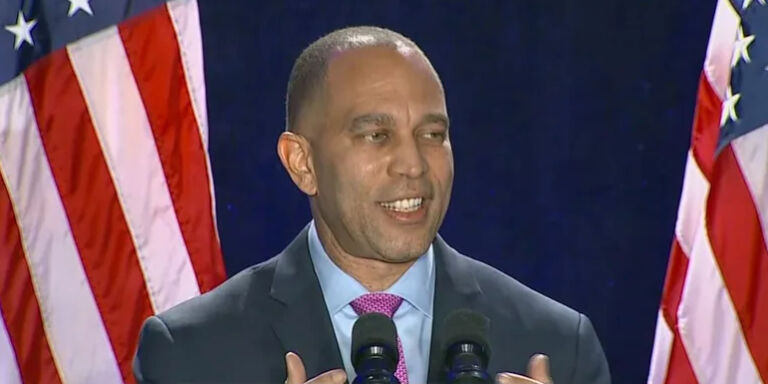Yuval Levin writes at National Review Online about the latest deal to avert a partial federal government shutdown.
The continuing resolution signed into law Saturday, to keep the government funded for another month and a half, is significant less for its substance than for what its enactment says about some key power dynamics in Congress.
The bill itself is largely a wash: It doesn’t change much about what our government does or how much it spends, and neither party won much or lost much through its passage. Congress just bought itself a little time. But the way it happened was extremely consequential, and it tells us at least three important things.
First, it signals a new phase of the McCarthy speakership.
Until Saturday, Kevin McCarthy had managed to mostly keep his conference’s various factions together by avoiding any real governing choices. This was done by advancing symbolic legislation that did not have much of a chance in the Senate, and by getting one must-pass legislative package (increasing the debt ceiling) enacted by promising to do impossible things later. It was always going to be very difficult to sustain that approach in the appropriations process, because the objectives of a small but significant group of House Freedom Caucus members in that process were not really traditional legislative objectives at all and were not going to be compatible with the objectives of the rest of the Republican conference. Over the past week or so, McCarthy put those HFC members in a position that revealed that they had no intention of ever voting for spending bills that could also pass the Senate. His goal was always to make it clear to the rest of the conference that there was no way forward except a legislative vehicle that could get some Democratic votes. But it was not at all clear that he could do this without first going through a government shutdown.


